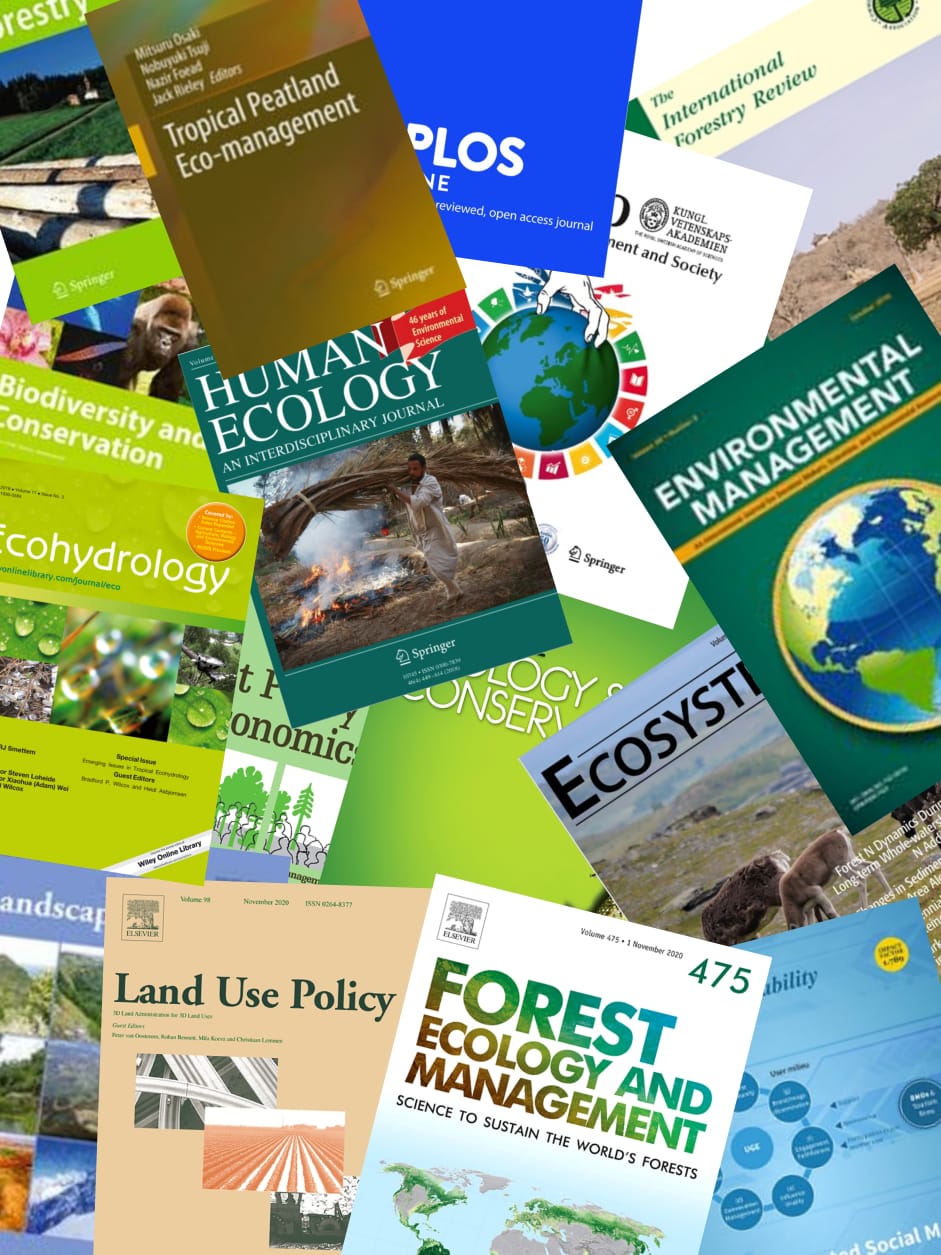
Share this
As the capital city of Central Lombok regency, the density of dwellings in Praya city is increasing rapidly. This raises many problems such as reducing open space, land limitation, sanitation, and clean water availability. Non-physical problems such as social and economic continue to emerge. To keep the city of Praya as the reliable capital of Central Lombok Regency, it needs a development strategy in planned, systematic and sustainable settlement area. This research is focused on Montong Terep Village in Praya Sub-district, Central Lombok Regency. The objective of this research is to obtain the concept of slum settlement implementation strategy into slumfree settlements arranged in short term (2018-2019), medium (2019-2024) and long (2025-2035) programs. Direct observation to the location is performed to obtain primary data in the form of information and field problems. Interviews were conducted with the selection of respondents based on their position. The type of question is determined based on analysis needs. Secondary data needed is the existing settlement data, statistical data from BPS on the condition of the local population and map of RTRW Central Lombok Regency. The slum criteria are determined based on Indonesian Ministry of Public Works Regulation No. 2 of 2016 which consists of 7 (seven) physical factors covering the condition of house, road, clean water, drainage, waste water, garbage and fire protection. Besides the non-physical factors of social and economic also become an assessment in this analysis. Four categories of slums are defined under the guidelines of the Directorate General of Human Settlements (2015), namely: no slums (0% - 24%), light slum (25% - 50%), slums (51% - 75%) and heavy slums (76% - 100%) with each category given consecutive assessments of 0, 1, 3, and 5. This strategy is carried out by assessing the criteria and indicators of slum parameters and combining them with the SWOT analysis method. so that alternative strategy decisions can be prioritized. The result showed that Montong Terep Village has a value of 56% and iindicates in the criteria of slum areas. SWOT analysis produces handling pattern in quadrant II with coordinates SW = + 1.57 and OT = + 4.33. Three strategies are formulated for implementation in short term (2018- 2019), medium (2019-2024) and long (2025-2035) programs. The best concept of area handling this is to support and follow the Local Government program to eradicate the slum areas that are in harmony with the program (100-0-100) from the Central Government is formulated covering the program of population, housing and settlement development, and development of environmental facilities and infrastructure. Inadequate infrastructure and facilities will have an impact on the declining functions of the housing environment, especially with regard to social and economic functions. © 2018 IAEME Publication.

